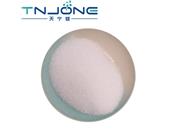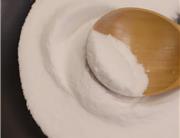Factory Provide Lactobionic Acid CAS 96-82-2 Laclobionic Acid

Introduction
Product Name : Laclobionic Acid
Other name: LACTOBIONIC ACID;4-O-β-D-Galactopyranosyl-D-gluconic acid;LACTOBIONIC ACID FREE ACID;
CAS No.:96-82-2
MF:C12H22O12
MW:358.3
Appearance: White powder
Melting Point :113-118 °C(lit.)
Boiling Point :410.75°C (rough estimate)
Density :1.4662g/cm3(Predicted)
Storage :Sealed in dry,Sealed in dry,Room Temperature
Lactobionic acid refers to the acid produced by replacing the terminal hydroxyl group on lactose with a carboxyl group. The structure of lactobionic acid contains eight groups of hydrogen oxygen water groups, which can capture a large number of water molecules. Lactobionic acid is the most advanced third-generation acid. Get rid of the strong irritation of the first-generation fruit acid. It has upgraded the second-generation fruit acid's cleansing power on pores. It has the best performance in reducing pores and curing the degree of lactobionic acid. The irritation of lactobionic acid to the skin is milder than normal saline. Compared with daily moisturizing ingredients such as glycerin and sorbitol, it has better water retention and water absorption, and has excellent antioxidant properties, 0.06% concentration. The shop can exert powerful anti-oxidant performance, and the effect is comparable to Vc.
| Item | Specification | Test Results |
| Appearance | White powder | Conform |
| Identification | TLC:Standard solution and test solution same spot,RF | Conform |
| Assay (Dry Basis) | 98.0%~100.5% | 99% |
| Specific Optical | -2.4°~ -2.8° | -2.71° |
| PH | 4.5~7.0 | 5.3 |
| Heavy Metals (As Pb) | ≤10ppm | <10ppm |
| As | ≤1ppm | Not Detected |
| Pb | ≤0.5ppm | Not Detected |
| Cd | ≤1ppm | Not Detected |
| Hg | ≤0.1ppm | Not Detected |
| Related substance | Spot not bigger than standard
solution spot | No spot |
| Residual solvent | <0.5% | Complies |
| Water Content | <2% | 0.18% |
Application
1. The strong antioxidant properties of lactobionic acid can fuse trivalent iron ions to protect the integrity of cell membranes from oxidative damage. When lactobionic acid acts on the skin, it can reduce the cohesive force between stratum corneum somatic cells, accelerate the fall of fragile stratum corneum somatic cells, increase the rate of basal metabolism of squamous epithelial cells, promote skin upgrading, and make squamous epithelial cells more orderly Tidy, thin stratum corneum makes it more and more smooth and delicate. In addition, lactobionic acid can also make the keratinized blockage around the skin pores easy to fall off, and unblock the hair follicle tubes, reasonably avoiding skin pore blockage. When lactobionic acid acts on the dermis, it can stimulate the proliferation and reordering of hyaluronic acid, mucopolysaccharides, collagen powder and elastic chemical fibers, so that the moisture content of the skin is increased, and the skin becomes tighter and stretches, wrinkles and wrinkles are registered. The pleats will also be lowered. The key effect of lactobionic acid on the skin is the effect of reducing acne and wrinkles.
2. Compared with other fruit acids, lactobionic acid is softer and has a higher safety factor. In addition, it also has a good anti-oxidant effect. The actual effect of moisturizing and hydrating is also significantly stronger than general moisturizers. As the third-generation upgraded fruit acid, it preserves the whitening effect of the first-generation fruit acid and reduces the stimulation of the second-generation fruit. It can adjust the whole process of keratin hardening, weaken the adhesion between the thin somatic cells of the stratum corneum, and promote The deposited callus somatic cells are separated and dropped to make the stratum corneum thin and denser and smoother, prevent and relieve the obstruction of the hair follicle opening, speed up the basic metabolism of the skin, make the skin respond to youthful conditions, and reduce the cause of skin wrinkles and wrinkles. A "lactobionic" officer can not only drive short-distance cars, he can also drive long-distance cars. Take a short distance to grab water from the skin matrix, and take a long distance to grab water molecules vaporized at room temperature. The captured water molecules sit in rows and can maintain a tight connection for a long time.

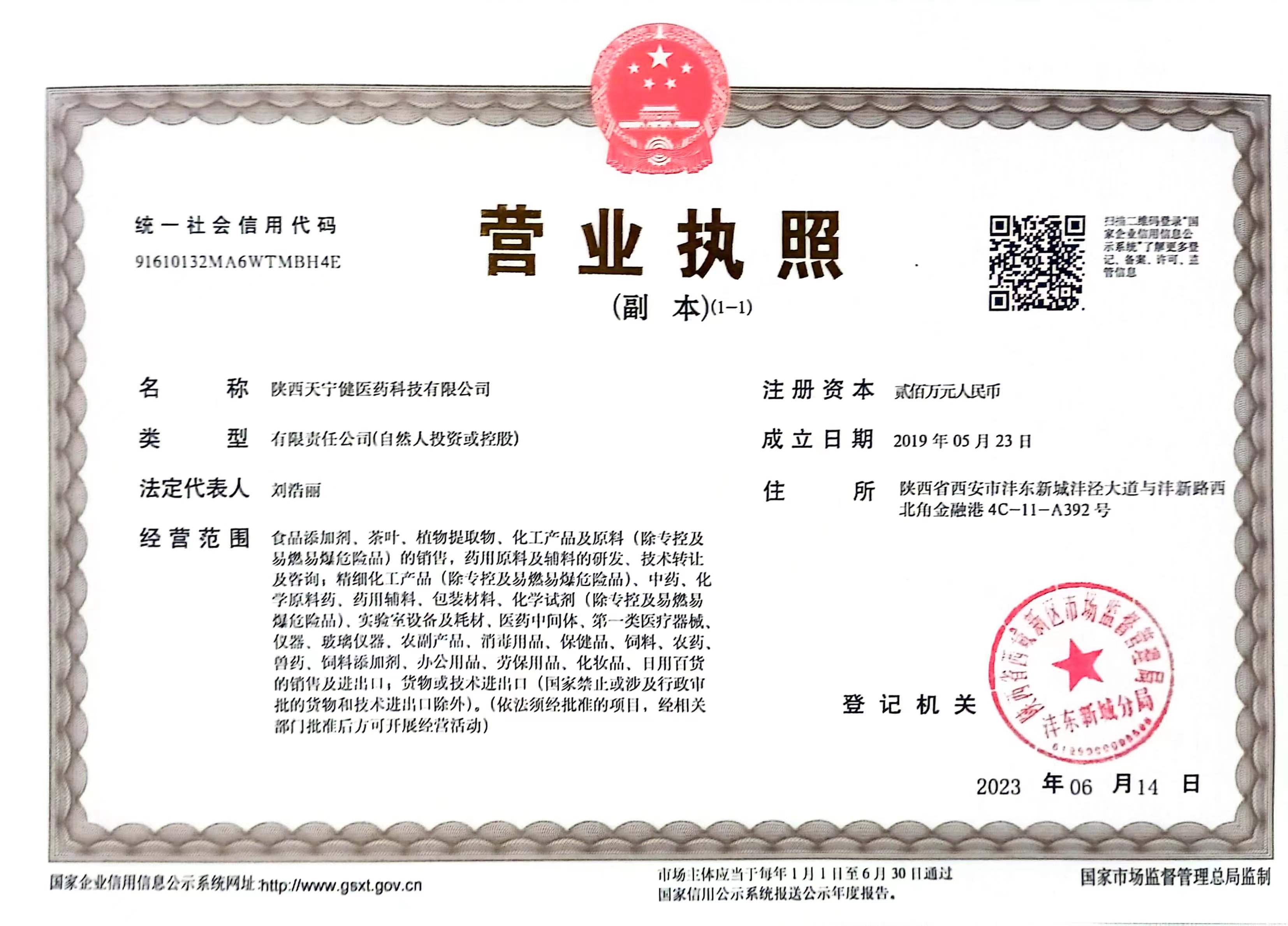
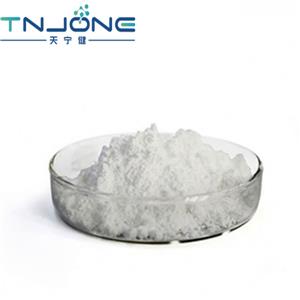
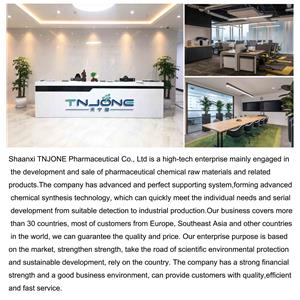

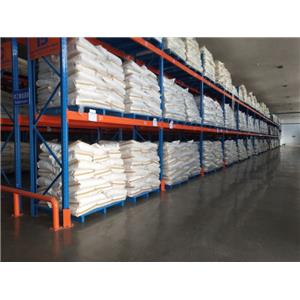
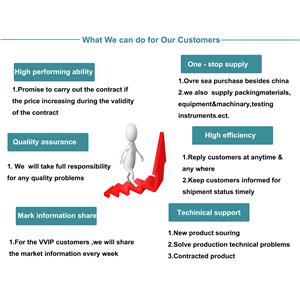

 China
China

